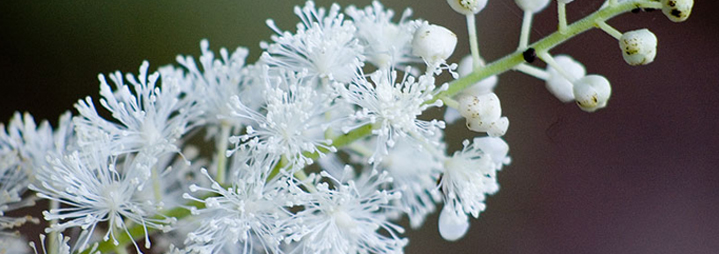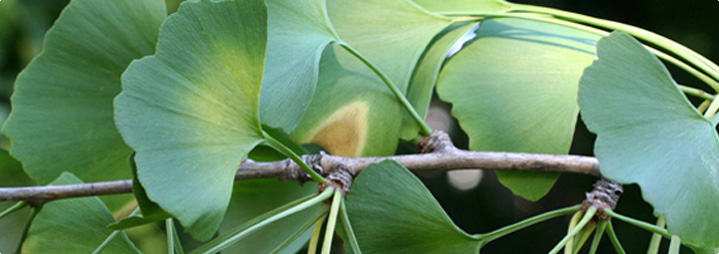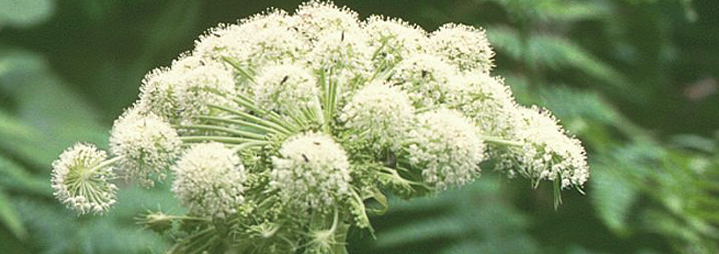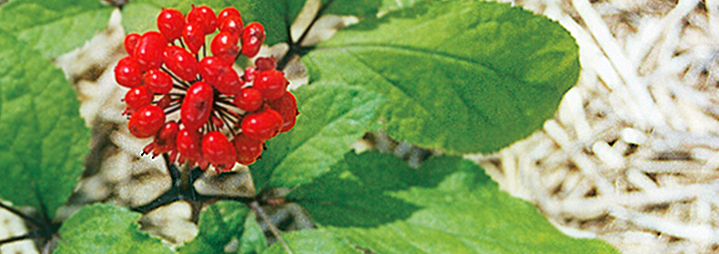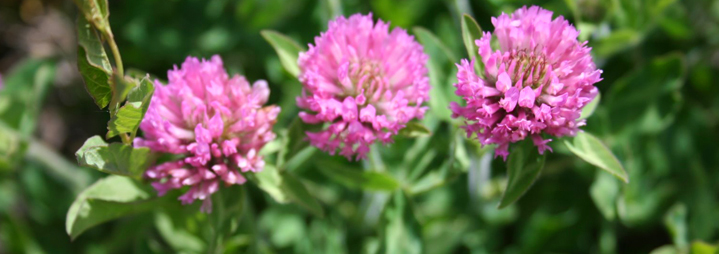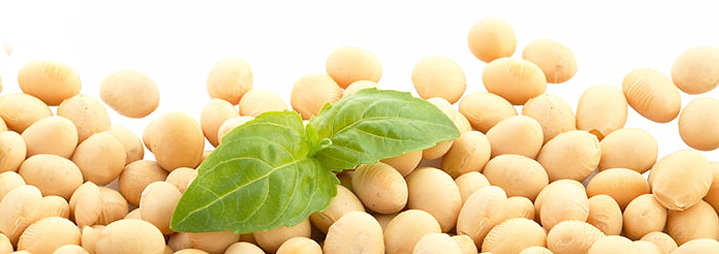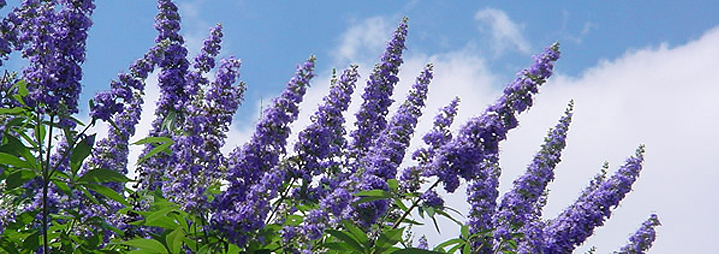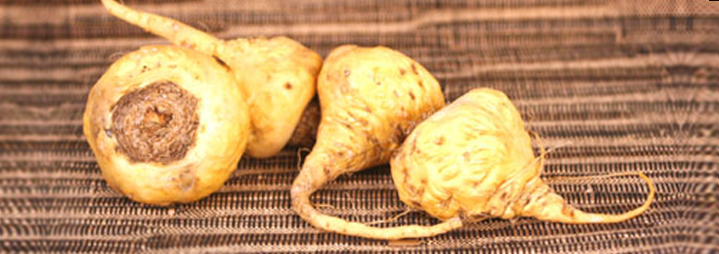What Are the Different Types of Phytoestrogens?
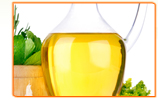 If you haven�t heard of phytoestrogens, you�re probably not alone. Phytoestrogens are plant compounds that mimic estrogen, but little was known about these miraculous agents before the beginning of the 20th century. Many plants have small quantities of phytoestrogens, which have no effect in the body.
If you haven�t heard of phytoestrogens, you�re probably not alone. Phytoestrogens are plant compounds that mimic estrogen, but little was known about these miraculous agents before the beginning of the 20th century. Many plants have small quantities of phytoestrogens, which have no effect in the body.
Herbs containing larger amounts of these compounds can have substantial effects on the human body. Studies indicate the health benefits of these plants include improvements from risk of cardiovascular disease, protection against osteoporosis, reduction in breast and prostate cancer and relief from menopausal symptoms. Read on to learn about the different groups and benefits of phytoestrogens.
Phytoestrogen Groups
Phytoestrogens are categorized into four groups. These include:
. Isoflavones - A class of organic compounds found in high concentrations in soy bean and soy bean products (e.g. tofu). Some isoflavones, particularly soy, have been reported to lower incidence of breast and other types of cancers because of their role in influencing sex hormone metabolism and biological activities.
. Flavones - A group of phytonutrients, flavones help fight disease, reduce inflammation and support various important body functions such as metabolism and muscle contractions. Sources include apples and green tea.
. Coumestans – A derivative of courmarin, coumestan forms the center core of a variety of natural hormones. These compounds can be found in alfalfa sprouts and several varieties of beans such as split peas, pinto beans and lima beans.
. Lignans – Compounds similar in shape and structure to estrogen also have some of estrogen�s functionality including competing with estrogen for estrogen receptor sites on breast tissue. If lignans block these receptor sites, the amount of estrogen that can be received in the breast tissue is reduced. Studies show that women with the highest amounts of lignans in their breasts have higher levels of breast health and reduced risk of breast cancer and cardiovascular disease.
What Foods Contain Phytoestrogens?
More than 300 foods have been shown to contain phytoestrogens. These include:
. Flaxseed
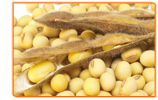 . Soy beans
. Soy beans
. Soy milk
. Hummus
. Olive Oil
. Almonds
. Green Beans
. Milk
. Coffee
From improving cardiovascular health to relieving menopausal symptoms, phytoestorgens have proven effective in treating hormone and estrogen-related health problems. Click here to find more information on herbal supplements that contain phytoestrogens.









